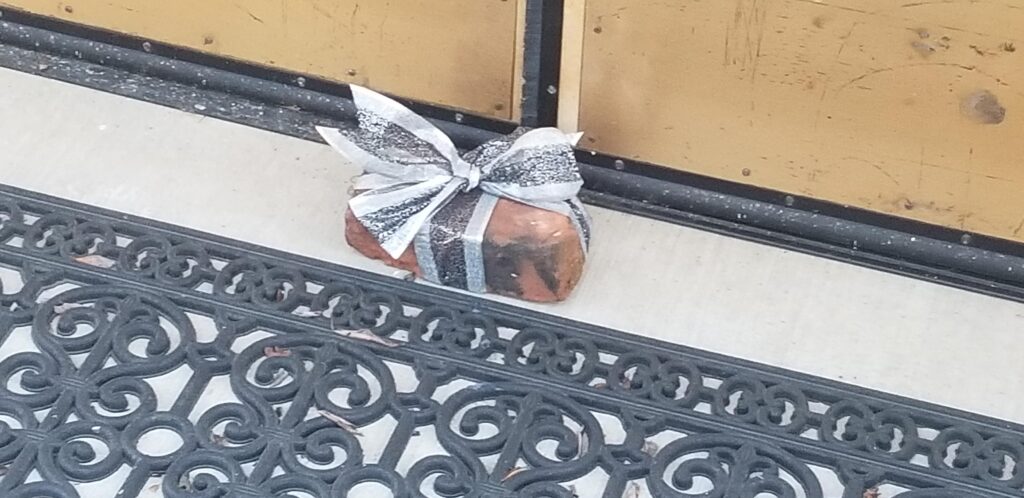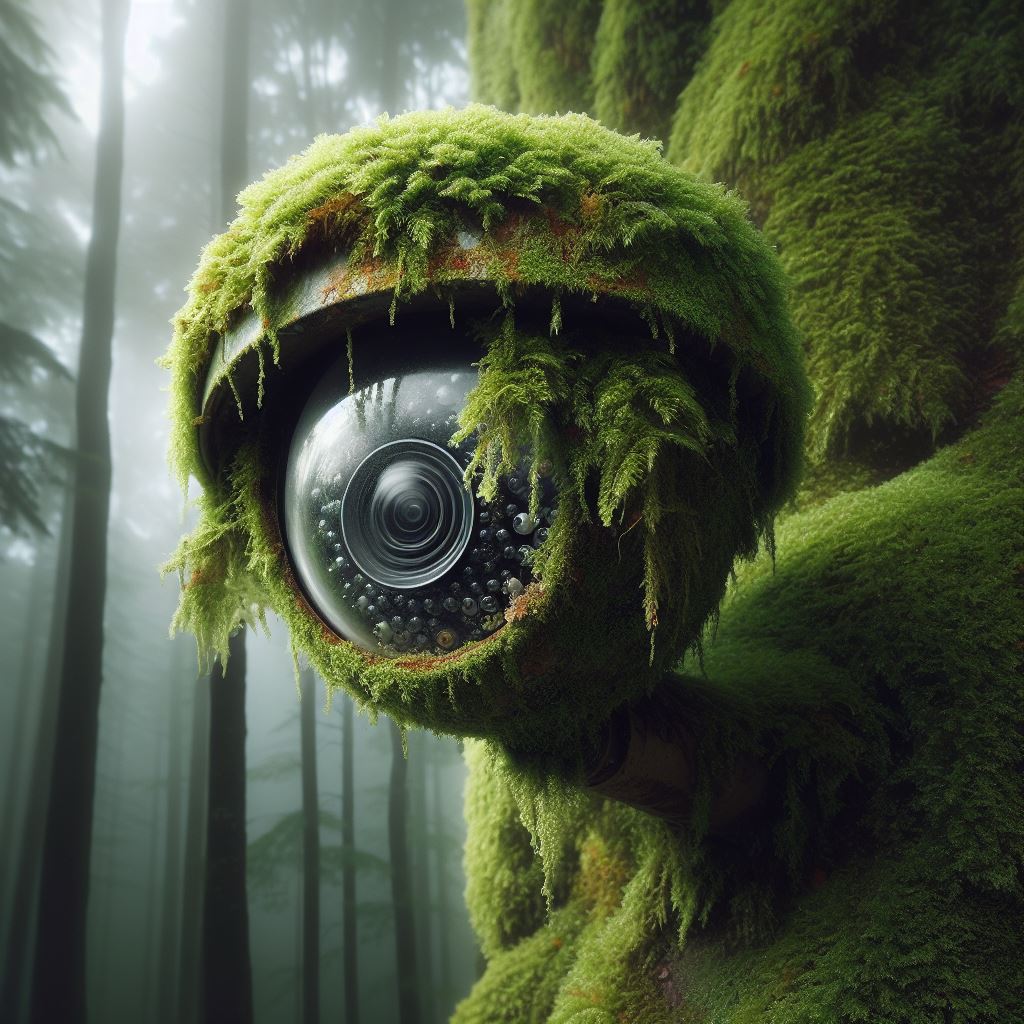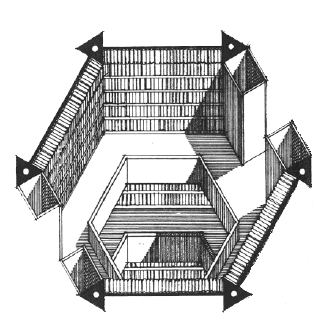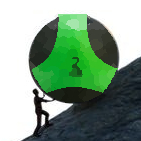Had fun sharing some plant knowledge yesterday, would love to share more!
- ShowI've been asking this plant questions for 15 minutes, but got no answer. Is here something wrong with it? Am i not curious enough?

Plants actually speak in drum n bass. Play a liquid DNB playlist and it will answer.
so i have a tree i put in a pot, covered with soil, and only ever added water to it. my tree's mass has increased, yet the soil has not lost any! by what magicks was water transmuted to bark, sap, and leaf?
The mass of a tree is primarily carbon, and comes from the splitting of CO2 into O2 and C by way of photosynthesis.
 the carbon must come from the water, so water is made of coal???
the carbon must come from the water, so water is made of coal???  i must inform the king!
i must inform the king!okay but non-joke question: what the hell is a nitrogen cycle and how does it work in practice like in your garden
Here's a nitrogen cycle diagram. It's not dissimilar to things like the water cycle or food chain cycle.
Show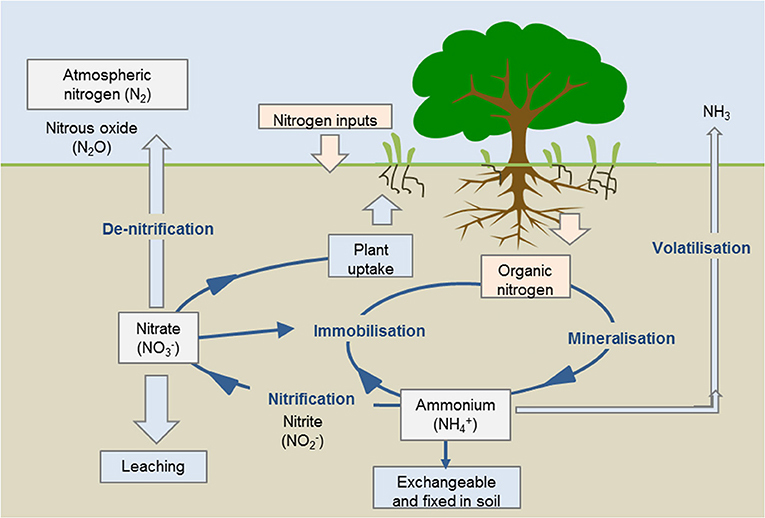
Practically speaking, you want to occasionally plant nitrogen fixing plants in your garden, as other plants will remove it from the soil. Lots of people will put tons of fertilizer into their garden, and that seeks to achieve similar goals.
 how can there be plants that leech & plants that fix nitrogen? if they all need nitrogen, that is. do they all need nitrogen?
how can there be plants that leech & plants that fix nitrogen? if they all need nitrogen, that is. do they all need nitrogen?Some plants slurp nitrogen out of the air. This is inefficient since atmospheric nitrogen is M2, which is quite stable and happy to stay that way. Takes a lot of energy to break that bond.
Other plants create microbial biomes in their root systems that fix nitrogen for them in forms that are easier to absorb, like ammonium and nitrate, which are much cheaper to use. The plant gets bioavailable nitrogen for cheap, the soil gets leftover fixed nitrogen, and the bacteria get a home. In a healthy ecosystem other plants can crib off the leftover nitrogen and provide benefits of their own, like fixing topsoil or creating biomes for fungi to recycle dead matter back into useful nutrients.
The sky is full of nitrogen, some of them can grab it from there and others take it from the ground. I'm not a plant scientist, so I don't really know all the details
The pea family is notorious for this, this is part of why I throw clover all over anytime I turn dirt in the yard
My apartment has terrible lighting due to small windows and an overhang roof. I really want to grow some herbs inside over the winter. Are there any herbs or spices that would work well with low light?
The only herb I've ever been able to get to grow in an indoor window box was this one cilantro plant that just would not fucking die ever.
And then one day my cat ate it down to the dirt level.
Typical herbs that are recommended are:
-
Rosmarin, Basilikum, Thymian, Melisse, Kapuzinerkresse, Oregano und Kerbel
-
Rosemary, basil, thyme, lemon balm, nasturtium, oregano and chervil or Parsley, dill, chives, lovage, mint, lemon balm, watercress and chervil
With what you describe I would say give Basil a shot, it is cheap to reproduce and you can see if it works. Rosemary, parsley and Thyme I would say won't work well. Mint in my experience also wants more light, so nasturtium (will not be very productive, but might remain pretty), dill, chives, lovage, watercress would be my addition suggestions in addition to Basil.
Thanks! Those seem like good ideas, I already cook stuff with basil and chives a lot.
If you can afford a kitchen hydroponic appliance you might find it worth the price. My basil plants always exploded in size, ended up getting more basil and pesto than I knew what to do with.
-
https://www.amazon.com/Lights-Spectrum-Greenhouse-Succulent-Starting/dp/B09TZX5DP8/ref=sr_1_5?keywords=t5%2Bgrow%2Blights&qid=1691181689&sr=8-5&th=1
T5 grow light
This would be 30 Euro to buy and (depending on price of electricity 10-30cent per kwh) and 50-180 Euro annually.
Can you recommend any easy to look after houseplants that aren't toxic to cats? Our girls are fiends who will literally chew on any leaf or piece of greenery they can reach. We tried planting some cat grass to distract them but they just knocked the pots over and got soil everywhere. We live in an apartment.
Rattlesnake plants and spider plants are ready to care for and not toxic to cats. Parlor palms and ponytail palms are also non-toxic if you're looking for something a bit more leafy, haha!
can I have houseplants without poisoning my cat and filling my apartment with little bugs?
Avoiding bugs is something you can manage based on bringing the plant into your home. Basically, avoid bringing the bugs in and they won't be there.
Spider plants are a great choice, as they're easy to care for, need little light, and are safe for pets. Rattlesnake plants are also a good non-toxic choice. Careful when buying as Rattlesnake plants are different from Dracaena snake plants, which may be slightly toxic to cats, although my cat likes to occasionally nibble at my snake plant and has experienced no negative effects.
You can also reduce bugs (or at least gnats) by growing in soilless media, for example, what some people call “leca”
Or another way to reduce bugs would be to get a small carnivorous plant
If little bugs infesting your house is a concern, you could try a carnivorous plant. I'd recommend cape sundew (Drosera capensis). As long as it has plenty of sunlight and soft water, it requires very little maintenance. Just sit the plant pot in a bowl and fill the bowl with water once a day.
is there a way to get my Basil (plant) to grow back his leaves faster after i give him a haircut?
they are very tasty, and i'm sad that i have to cut back on lovely sauces after an italian food binge :(The best way to have lots of basil around is to grow lots of basil! Here's a good video that shows how to propagate more from cuttings.
I planted some outdoors and it bolted soon after. What are the chances it will reseed and I will have plenty of basil growing next spring? I am in zone 6a
You have to be fairly aggressive with trimming basil back, it results in a much bushier plant as well. Don't worry about hurting it, basil has a fetish for it.
Depends on if it's an annual or perennial variety. In 6A realistically, it's going to be annual even if it is a perennial variety. There's some possibility that seeds dropped and overwintered, but it's not terribly likely. Collect seeds if possible for replanting.
Also, different cultivars will cross pollinate, so resulting seeds may not be exactly what you expected if you planted different cultivars in the same area.
Are you cutting just above nodes on the stems? You can fertilize it every few weeks to help with production too.
i am not, i usually trim just below the leaves
am i supposed to?Yeah, it allows the leaves it needs for photosynthesis to keep growing and encourages it to branch out into new stems and become bushier.
Show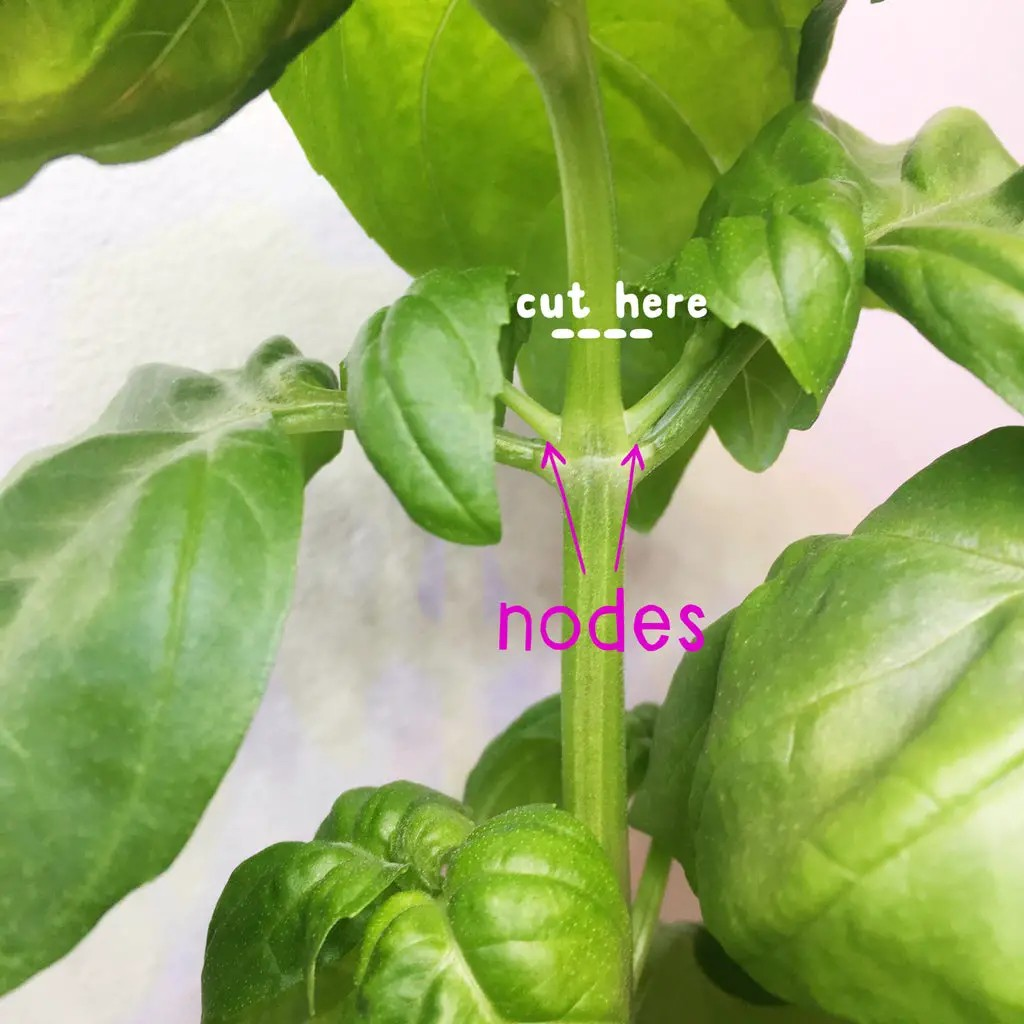
How much of the stuff that grows on non-seeded lawns is actually native? (Warm-temperate Eastern Woodlands bioregion)
Irritatingly, a lot of "wild grasses" are non-native sedges and grasses. The USDA or AAFC should have data for your area.
Golfcels and yardpilled people will tell you it's Kentucky bluegrass but we all know it's the local meadow.
Why is my supposedly autoflowering cannabis not flowering and do I really need to swap it over to 12hours of sun/12ish hours of night?
I did when it was a seedling but I haven't in a while. I know it's getting enough calcium and magnesium. I think it might be getting too much nitrogen because the leaves are really dark, but I haven't quantitatively assessed the soil. pH was 6.something when I initially mixed it, but I'm not sure what it is today.
Is that my next step? How can I check if there are still enough nutrients in the soil?
Small digression: my plan with this grow was to mix my ammendments/compoststuff with the soil (fox farms ocean forest) with most of the nutrients near the bottom and hopefully not have to ammend a second time. I followed the instructions on growweedeasy for ratios but I suppose it's possible there are too many or too few nutrients at this point. The dark green is the only change in leaf coloration .
Thank you for your help!
Depending on your state you might be able to get a free soil test through your department of environmental affairs or a local extension school. Scoop a little, when you fill out the form say you’re growing flowers, and follow their recommendations
Will reducing rates of oxygen fixation by Rubisco result in the holy grail of gains to photosynethic efficiency or plants that can't hack it and keel over the instant they have to deal with real field conditions?
Yes? No? I have no idea, sorry. I'm a hobbyist who enjoys identifying and caring for plants, not a biologist. Give it a try and let us know.
Haha, fair. I probably should've prefaced it with "something I'm curious about but which has no answer." Rubisco is the main enzyme responsible for turning carbon dioxide into something the plant can use, but it also has high affinity for oxygen, which causes it to undo its own work, and that property is part of the reason only around 2% of the light striking a leaf is converted into stored energy. Researchers have scratched their heads over Rubisco's apparent inefficiency but its ability to use oxygen as well as carbon dioxide might be a safety valve to prevent the buildup of high energy electrons (which can damage DNA and cell membranes) under conditions of low carbon dioxide availability (such as when a leaf closing its stomata to reduce water losses, which also prevents it from breathing).
Can we build a better rubisco? How fast would a plant working at 4% efficiency grow? No idea, but I find it interesting to think about.
bit out there, but I've been wondering: There's this wild lilac bush here, and hornets keep landing on it and nibbling at very specific points on the bark. I'm thinking they're excavating/hunting for some kind of larvae or whatever - any idea what this could be about? And whether it's something to worry about? I don't mind the hornets, they're fun neighbors, but the bush looks a bit droopy overall
This was really interesting to research, as I have a phobia wasps and hornets. This is most likely the European Hornet, which have a particular predilection for lilacs.
Wasps girdle bark from branches in order to use the material for building their nests. This often kills the twig. European Hornets particularly pursue flowering plants and fruit trees. They also eat the sap of lilac bushes, so that's what they're eating. As to why they pick specific places, it's likely them looking for younger parts of the plant with softer bark.
huh, so they really are just taking a nibble. Thank you for checking it out for me!
I took a picture of the action, if you wanna have a look. There's a normal house fly for scale sitting opposite the hornet.
Show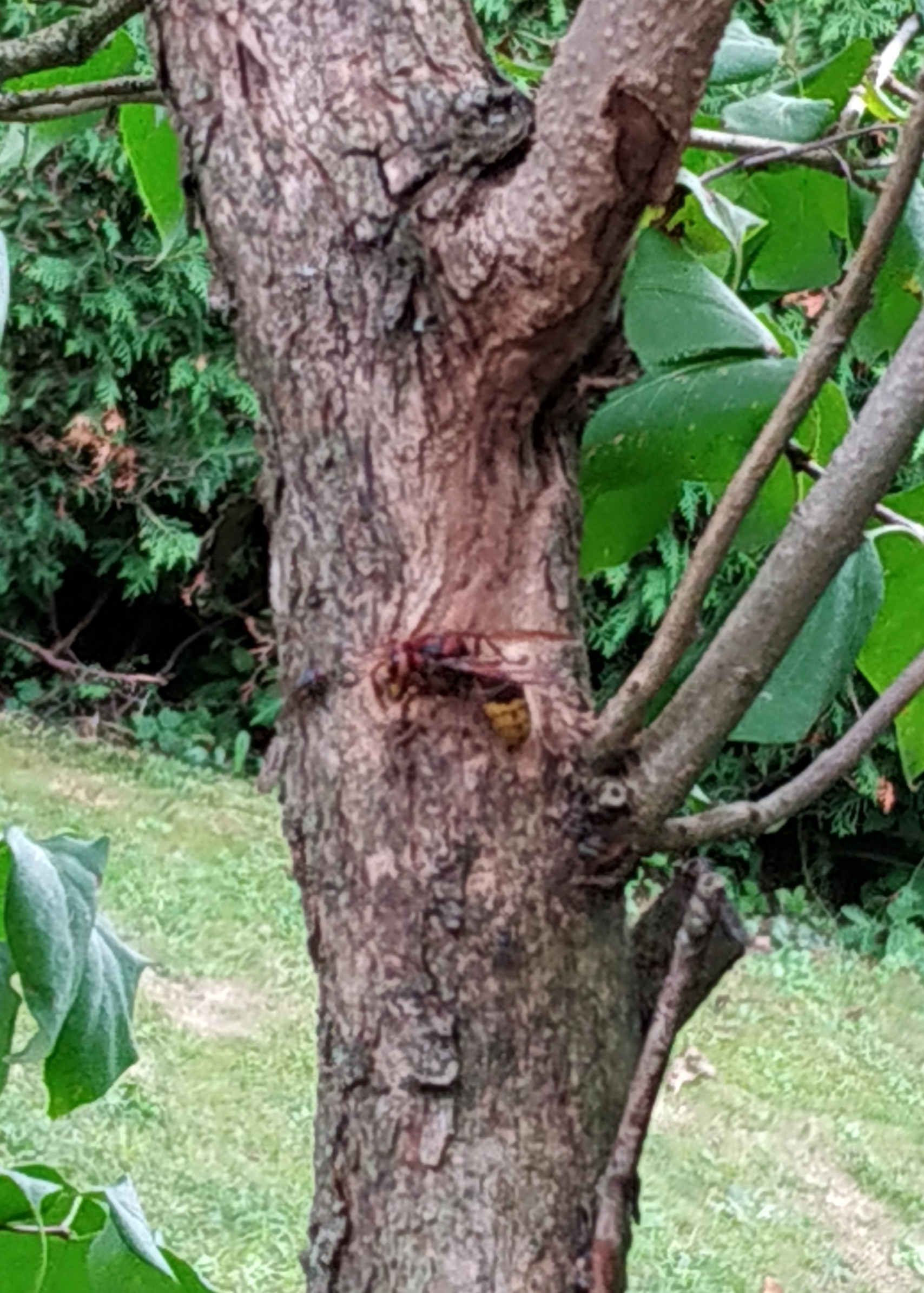
When potting a small cactus (eg a mammalaria), if I have something super well ventilated like an airpot, does depth matter as much as some gardening blogs / possiblechatbotsynthesizedwebsites claim it does?
Planting a cactus too shallow can result in it falling over as it grows but that mainly applies to columnar cacti
Teeny tiny baby cactus bois generally do fine in surprisingly small clay pots for their first couple of years. If he grows, he grows.
Is there a good way to make homemade potting soil out of local soils that are heavily clay-dominant? Potting soils typically use perlite or vermiculite for drainage; could I sediment sand out of the soil, or would I be better off using crushed brick as larger aggregate?
Right now my model is 2 parts sedimented soil (silt + sand = maybe 10% of total makeup), 1 part biochar, 2 parts compost.
I don't think adding sand is actually helpful for augmenting clay soils, it ends up being counterproductive. Compost and biochar are really good, roughly equal parts compost and clay soil should work, so just ditch the sand and silt and this is a pretty good method.
1:1:1 sand:clay soil:perlite by volume has worked pretty well as a well drained low-nutrient medium for me in the past. Generally around 8-10% organic matter by wright is considered a sweet spot so I would consider starting with half a part compost.
I'm trying to do it without perlite though. Preferably, without buying anything. I wanna say most potting soil mixes have an organic matter content well above 20%. And clay soil, while abundant here, is the worst for drainage which is kinda key in potting soil.





